Crema Trekkers: Exploring Rwanda - Gaseke Microlot Fully Washed
- 3 May 2018
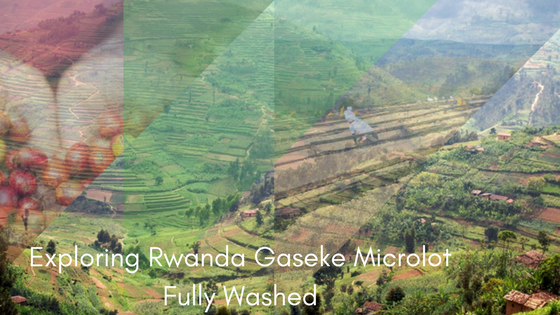
RWANDAN COFFEE BEANS
The Rwanda Gaseke Microlot Fully Washed includes three common varietals: Bourbon, Catuai and Caturra. The beans processed at Gaseke are grown at approximate altitudes of 1,483m above sea level, then hand-picked at harvest, fully washed and sun-dried. The beans are sourced from a potential 370 smallholder farmers, each growing between 200-400 trees.
Bourbon is a parent to a variety of Arabica varieties, named after Bourbon Island (now known as Reunion Island) where it is derived from. It’s a short tree with many secondary branches and on average produces 25% more coffee than the Typica variety. The Bourbon variety is renowned for its exceptional sweet/acid balance, and is considered by many producers and roasters to be a classic everyday drinking coffee.
Catuai is a high-yield Arabica cultivar developed by the Instituto Agronomico do Campinas in Brazil, produced by crossing Mundo Novo and Caturra. The tree is short, with lateral branches forming close angles to the primary branches, and is more durable in strong winds or rain as the cherries do not come off easily. Catuai is also known for producing a sweet cup profile.
Caturra is a naturally occurring coffee mutation of the Bourbon varietal that produces smaller cherries but a higher yield per plant. It has low pest resistance and isn’t the hardiest of plants, but (once established) you can grow around 10,000 plants per hectare (compared to a usual 6,000 in other varietals). Typically Caturra beans present soft body, but have a bright and sweet flavour profile.
As the Gaseke Wet Mill cooperates with the Rwanda Trading Company, the quality improvement and yield per farmer is beginning to garner a reputation for the coffee in this area. It is a great all-round coffee, suitable for espresso, filter methods and plunger!
Tasting Notes: The medium acidity and mid-full body makes this coffee a great all-rounder, with a malt and dark berries aroma, and small hints of dark chocolate too. The flavours reflect black currant, vanilla and malt notes, hints of honey and dark chocolate.
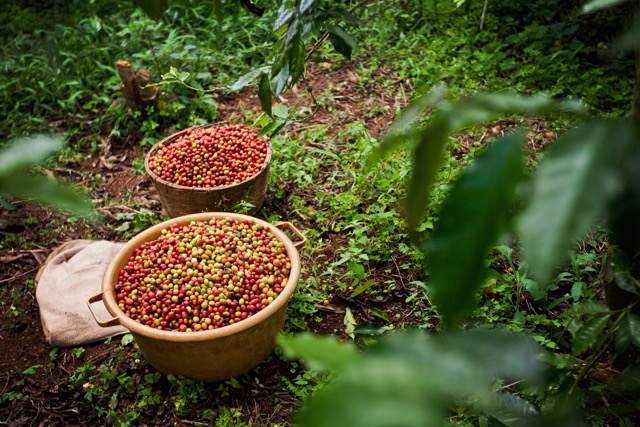


GASEKE MICROLOT FULLY WASHED – RWANDAN
Rwanda is a country in East Africa, most notably known in Western countries due to the Rwandan Genocide of 1994 (over 800,000 people lost their lives over the course of 100 days). In trying to help rebuild the Rwanda following this horrific event, which left the country impoverished (in 2017 still more than 40% of the country’s population was recorded as living in poverty), USAID funded organizations such as the Partnership for Enhancing Agriculture in Rwanda through Linkages (PEARL) directed by Dr. Dan Clay and Sustainable Partnerships to Enhance Rural Enterprises and Agricultural Development (SPREAD) directed by Dr. Timothy Schilling (now Founder and CEO of World Coffee Research). The aim of these organizations was to support Rwanda by revitalizing its agriculture, now the country has a National Agricultural Export Development Board and other local organizations like the Rwanda Trading Company, whose objective is to support local farmers with transparent supply chains, reliable market access and more efficient processes.
Coffee as a product for export, and as the country’s fourth largest export worth US$59.4 million a year, is a major focus of the agricultural landscape. Across the country there are approximately 400,000 smallholder farmers, most growing between 200-400 trees at altitudes ranging from 1,300-2,000m above sea level. The high altitudes and nitrogen-rich volcanic soil makes Rwanda an ideal coffee-growing climate, although coffee is not native to this area. Rwanda’s National Agricultural Export Development Board (NAEB) states that its coffee strategy is “positioning Rwanda as a specialty coffee producer” to “best enable the sector to contribute to the growth and prosperity of the country.” It points to increasing prices as a sign of its success, and focuses its efforts on improving production and processing practices.
The Gaseke Wet Mill is a great example of the kind of work these organizations are doing. This particular mill works with the Rwanda Trading Company and processes coffees from around 370 local growers. The Gaseke Wet Mill is situated in Rwanda’s Western District in the Kagano Sector. Many of the farmers are women who are utilizing the opportunities and support to increase their coffee output. A great example is Christine Uwamugura who started with 400 trees and recently added another 200. Revenue from coffee supports her family through school and medical fees as well as building the business. The beans processed here are primarily Bourbon, Catuai and Caturra, and are grown around 1,483m above sea level. This mill uses the fully washed method, which is the most popular method in use in Rwanda with around 245 washing stations across the country.
The Rwanda Trading Company was established in 2009 to drive positive social impact for the region by establishing partnerships with farmers to help them in the field and to work with them to create stability and mitigate risk. By investing in production, the company aims to improve quality, providing financial literacy, agribusiness management and agronomy training program to increase yield and profits. Part of this includes overseeing the milling, processing and quality control of the exports they manage, to advocate for secure market access and market prices for farmers. According to the Rwanda Trading Company, it’s a highly collaborative strategy that generates long-term economic stability from the ground up.


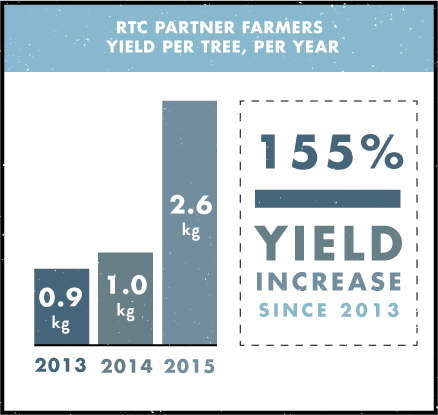
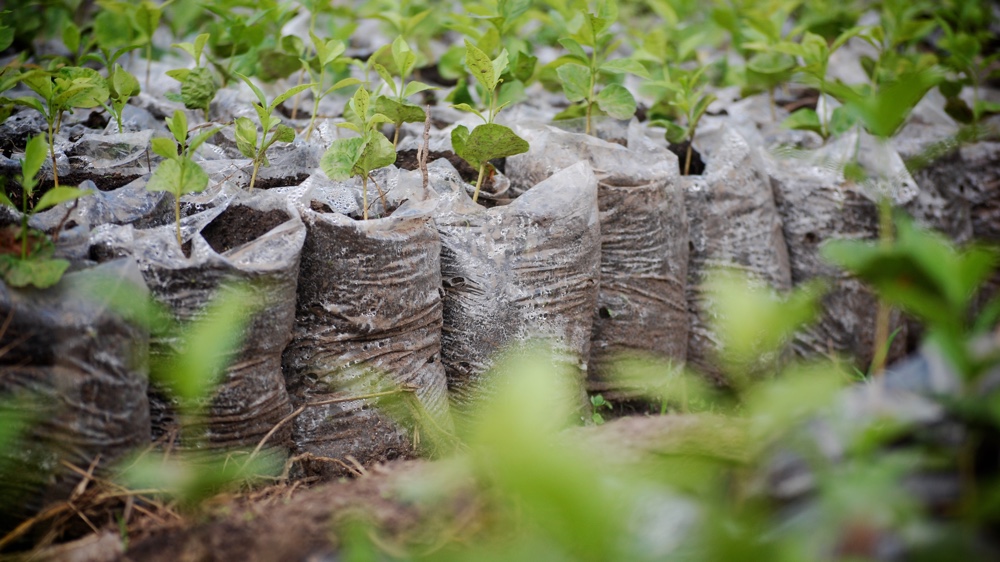

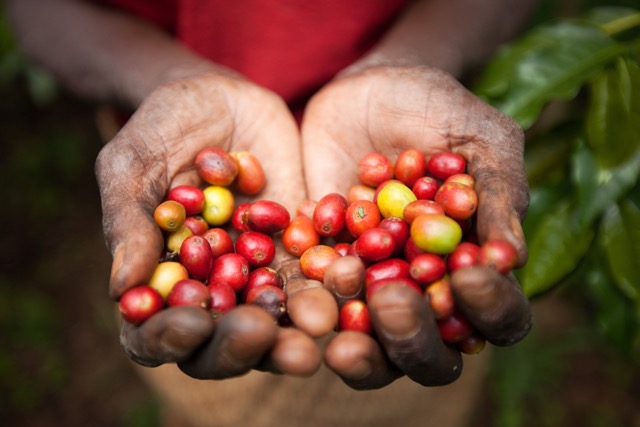
THE GREEN BEAN PROCESS
The washed process relies on every stage of the growing, harvest and fermentation process being right, as the flavour is totally reliant on the bean having absorbed enough nutrients and sugars while growing. This works well for coffee grown in the Gaseke region, with good rainfall and rich volcanic soils that make the area ideal for coffee growing.
The process begins by de-pulping the coffee cherries and leaving the mucilage intact for fermentation. The fermentation process can take anywhere between 1-4 days, giving the bacteria present in the fermentation tank time to break down the mucilage, which is then ‘washed’ off at the end of the fermentation period. Once the mucilage has been removed the coffee is carefully sun-dried. It is common in Africa to soak the beans twice when using the fully washed method, so it is also known as double washed.
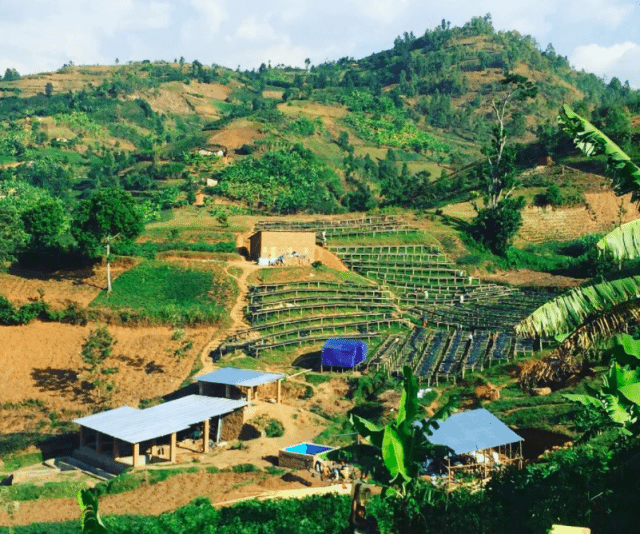

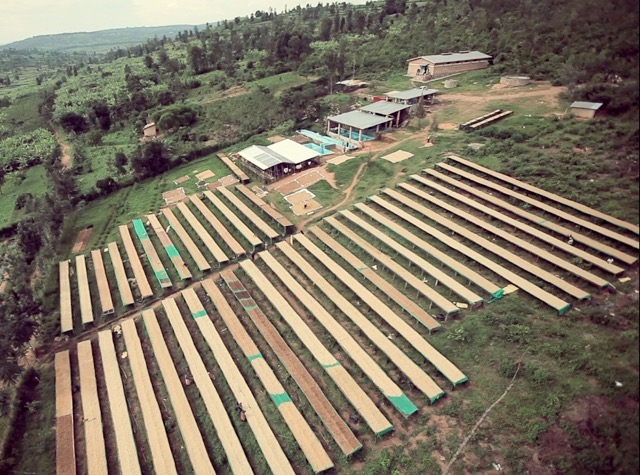
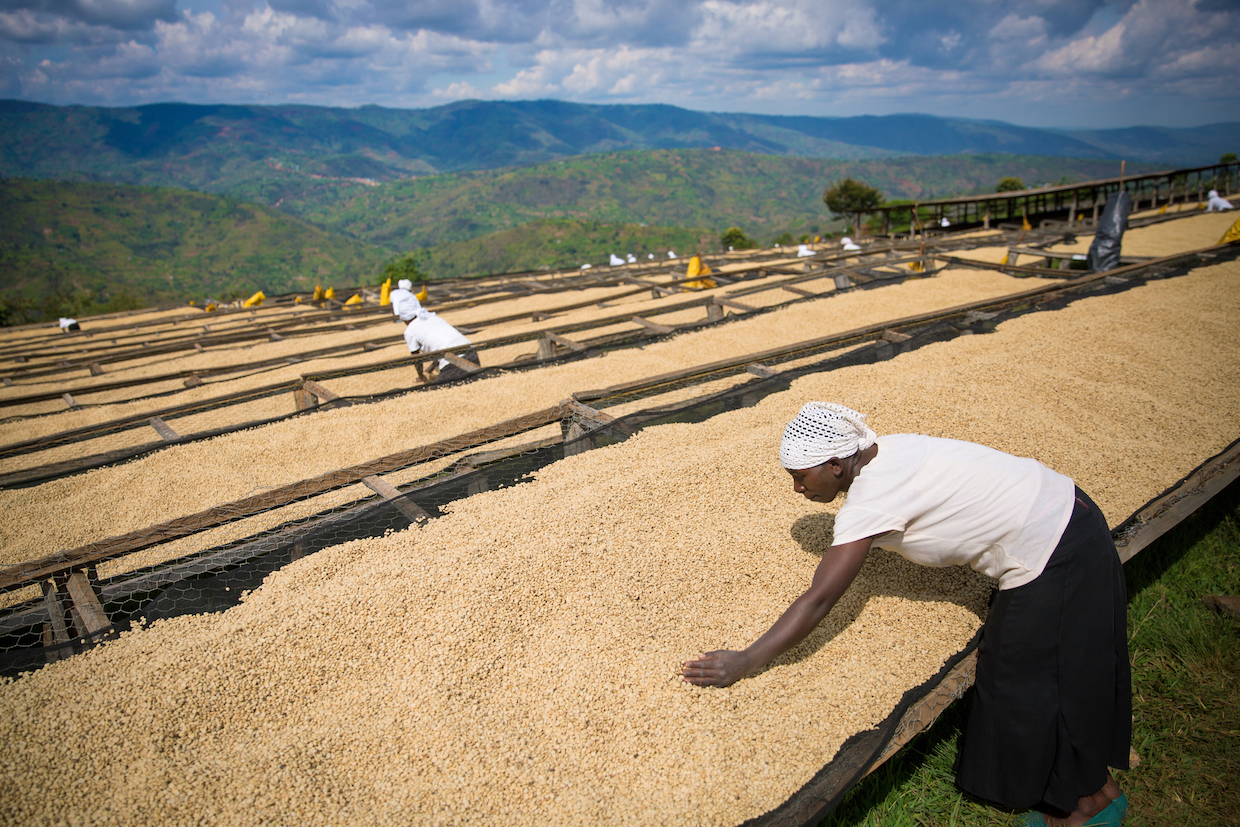
Image Sources:
http://79.170.40.44/rwandatc.com/
http://www.coficom.com.au/coffee.php?item=rw-gaseke-microlot&producer=&origin=RWANDA
https://www.perfectdailygrind.com/2017/12/roasters-coffee-buyers-guide-rwandan-beans/
https://twitter.com/i/web/status/987276209192136704



